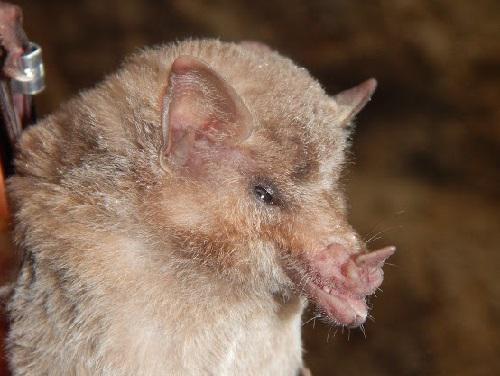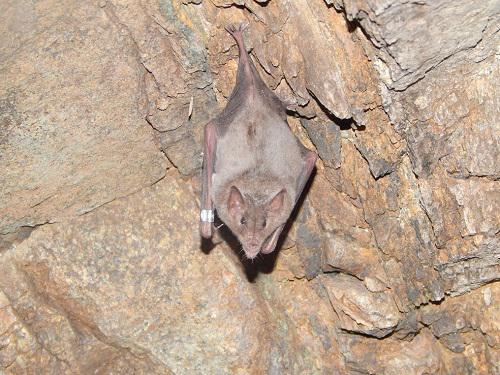Dennisse Cinthya Ruelas Pacheco
Three aims are:
1) Banding and monitoring populations of Platalina from southern Peru,
2) identify areas of conflict between humans and bats, and
3) training students in conservation.

Platalina genovensium is a key species in the maintenance of desert ecosystems. It is present at middle and lower elevations in the Peruvian western Andes and in the dry valleys on the eastern side. Platalina is probably the most endangered bat species in Peru, and no serious project exist to study and conserve this species. Actually we do not know if the population is stable or is decreasing, however several researchers have quantitative data that populations of Platalina is decreasing. I envision to provide part of the data needed in that regard.

The main objective of my project is to study the dispersal patterns, dynamics and social structure, reproductive cycles, development time, and detecting size population changes of Platalina. To accomplish this, four populations will be banded and monitored for long-term studies. Also hypothesis of migration versus cave fidelity will be tested, since there is no supportive information on that regard. The mark-capture-recapture method with aluminium rings will be used to assess the population status of Platalina, and the Rufford Small Grant will be important to fund the first step of the project meaning banding the specimens. With this Project I will train young conservationists in banding, monitoring and environmental education.
The study localities are part of the arid desert of Peru, where Platalina genovensium has been identified as critical pollinator and seed dispersal of columnar cacti that express the chiropterophily syndrome; therefore this bat is suggested to be a key species in the maintenance of the desert ecosystems.
Interpretation of monitoring information will establish the baseline to develop a conservation plan for Platalina which is listed as "Endangered" and protected by the Peruvian Legislation. Also, I will identify areas of conflict where more conservation work is needed and establish priority areas for conservation. Environmental education activities will be performed in schools located at or near the study areas.